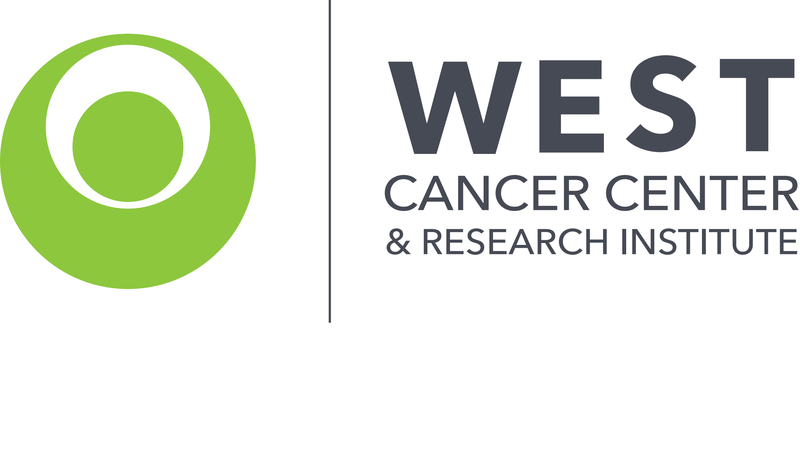- Advertise
- About OncLive
- Editorial Board
- MJH Life Sciences brands
- Contact Us
- Privacy
- Terms & Conditions
- Do Not Sell My Information
2 Clarke Drive
Suite 100
Cranbury, NJ 08512
© 2025 MJH Life Sciences™ and OncLive - Clinical Oncology News, Cancer Expert Insights. All rights reserved.
Can Biosimilars Help Control Rising Drug Costs?
Lee S. Schwartzberg, MD, FACP, discusses the development and approval process for biosimilars and explains how their availability could drive down out-of-pocket costs for patients.
Lee S. Schwartzberg, MD
Biosimilars are slated to become a fixture of treatment in oncology due to their cost-savings potential, explained Lee S. Schwartzberg, MD, FACP, executive director of West Cancer Center.
“Several drugs will be coming off patent over the next few years,” said Schwartzberg. “As we get more experience with biosimilars, their main effect will be bending the cost curve for our patients.”
Biosimilars are projected to drive down the cost of current cancer treatment due to increased competition. Across oncology, several biosimilars for drugs such as trastuzumab (Herceptin), rituximab (Rituxan), and bevacizumab (Avastin) have received regulatory approval based on thorough evaluation of their analytical, preclinical, and clinical similarity to originator products.
However, the effects of biosimilars could be felt most readily in breast cancer, where there are currently 5 FDA-approved biosimilars for trastuzumab available, including ABP 980 (Kanjinti; trastuzumab-anns), PF-05280014 (Trazimera; trastuzumab-qyyp), CT-P6 (Herzuma; trastuzumab-pkrb), SB3 (Ontruzant; trastuzumab-dttb), and MYL-1401O (Ogivri; trastuzumab-dkst).
In an interview during the 2019  OncLive® State of the Science Summit™ on Breast Cancer, Schwartzberg, who is also medical director, West Clinic, as well as chief and professor of medicine in the Division of Hematology/Oncology at the University of Tennessee Health Science Center, and chief medical officer of OneOncology, discussed the development and approval process for biosimilars and explained how their availability could drive down out-of-pocket costs for patients.
OncLive: Could you provide perspective on the wave of biosimilars in oncology?
Schwartzberg: I am very excited about the introduction of biosimilars. The reason [for biosimilars] is really based on value. We are seeing rising drug costs; everyone knows that. It is something that is being talked about a lot in Washington DC, but we are also discussing it on “Main Street” because our patients are faced with daily bills that are catastrophically high— sometimes causing bankruptcy or other problems for them.
We have to consider how we can reduce the cost of therapy, especially these life-saving therapies that are expensive to develop. Biosimilars fit that niche. The development process for a biosimilar is different than it is for an originator drug. The development process is mainly focused on showing the analytic similarity of a biosimilar to a biologic. Every lot of biologic agents, which are made from cells, are by definition a little different from the others. Biosimilars go through a very rigorous evaluation process of the molecule itself, the pharmacokinetics, and the preclinical activity. Less emphasis is placed on clinical trials, but there is enough emphasis on clinical trials to extrapolate the data to different indications of the drug.
I am very comfortable with the way that the process has been developed. The FDA has provided good guidance on this and has approved several therapeutic biosimilars in the field of oncology. Europe is a little ahead of us; they have about 10 years of experience, and follow-up data indicate no differences between originator and biosimilar compounds. No new safety or efficacy signals have been observed between these agents. I am very comfortable with using biosimilars as new agents in my patients with breast cancer.
How do you see biosimilars competing with reference products in the marketplace?
Multiple biosimilars [will emerge]. We already have 5 FDA-approved biosimilars for trastuzumab. Only 1 is marketed, but others are coming shortly. General competition is a good thing; it should drive down prices even further. In general, biosimilars come in at a substantial discount to the originator molecule. Competition will drive down pricing. There are different manufacturers, so everyone will have to pick [among the different products and consider all of the available data. However, personally, I am very comfortable with using a trastuzumab biosimilar in any setting in HER2-positive breast cancer.


